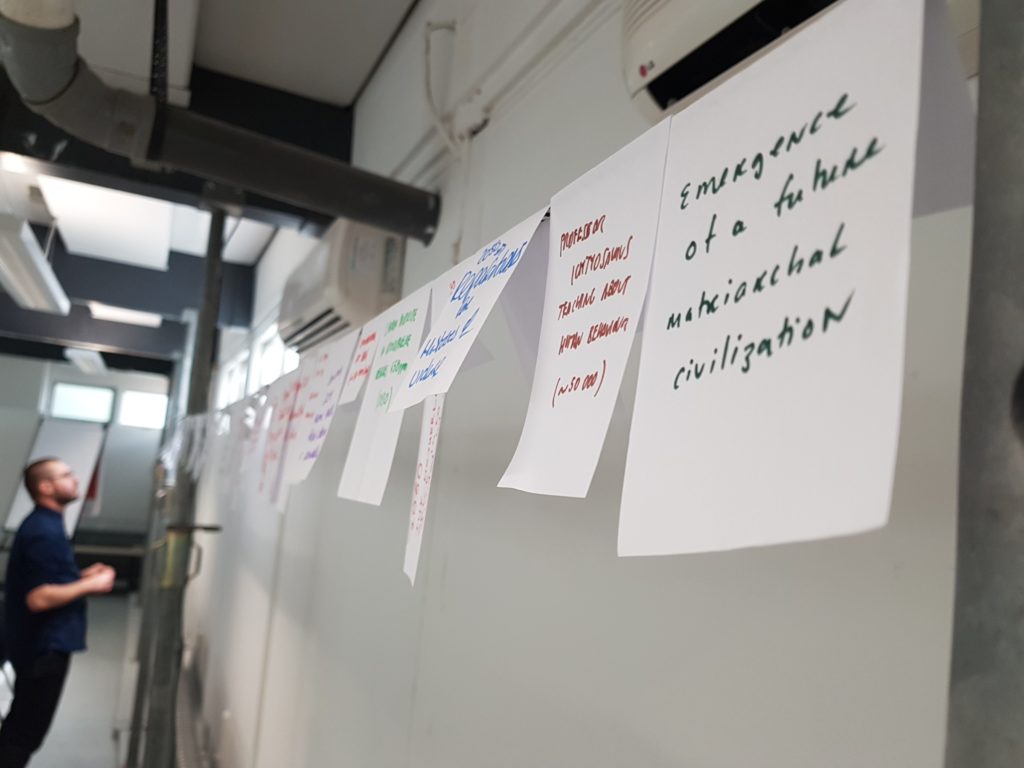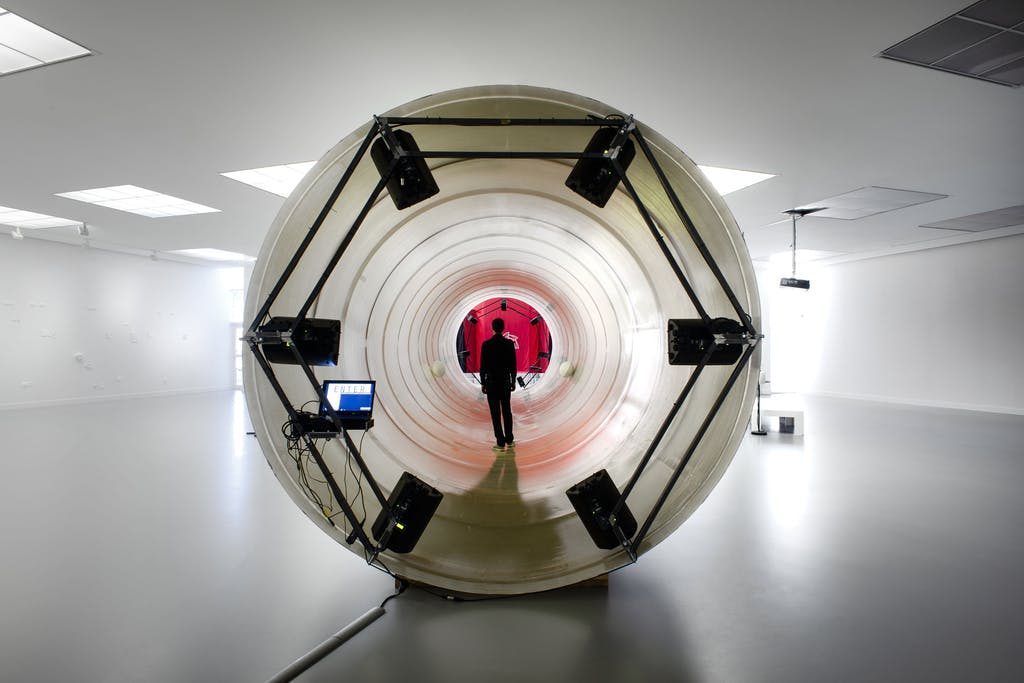Haseeb Ahmed
Haseeb Ahmed is a research-based artist who produces objects, site-specific installations, films, and writes for various publications. Often working collaboratively, Ahmed integrates methodologies from the hard sciences into his art production. He recently worked with the von Karman Institute for Fluid Dynamics, Brussels, to create Wind Egg Trilogy, which blends art and aeronautics, myth and technology, to create new narratives for the present, and a solo exhibition at the Museum of Contemporary Art, Antwerp, 2018. Ahmed has been a resident at the Jan van Eyck Academie, Maastricht, and the Skowhegan School of Painting & Sculpture, Madison, ME, and his work has been exhibited at: Museum of Contemporary Art Chicago, Chicago; Göteborg International Biennial of Contemporary Art, Gothenburg; Museum Bärengasse Zurich, Zurich; and Symposium Alanica, Vladikavkaz. He is represented by Harlan Levey Projects in Brussels. Ahmed lectures at Zurich University of the Arts, Zurich, and has taught courses and workshops at a number of universities.


